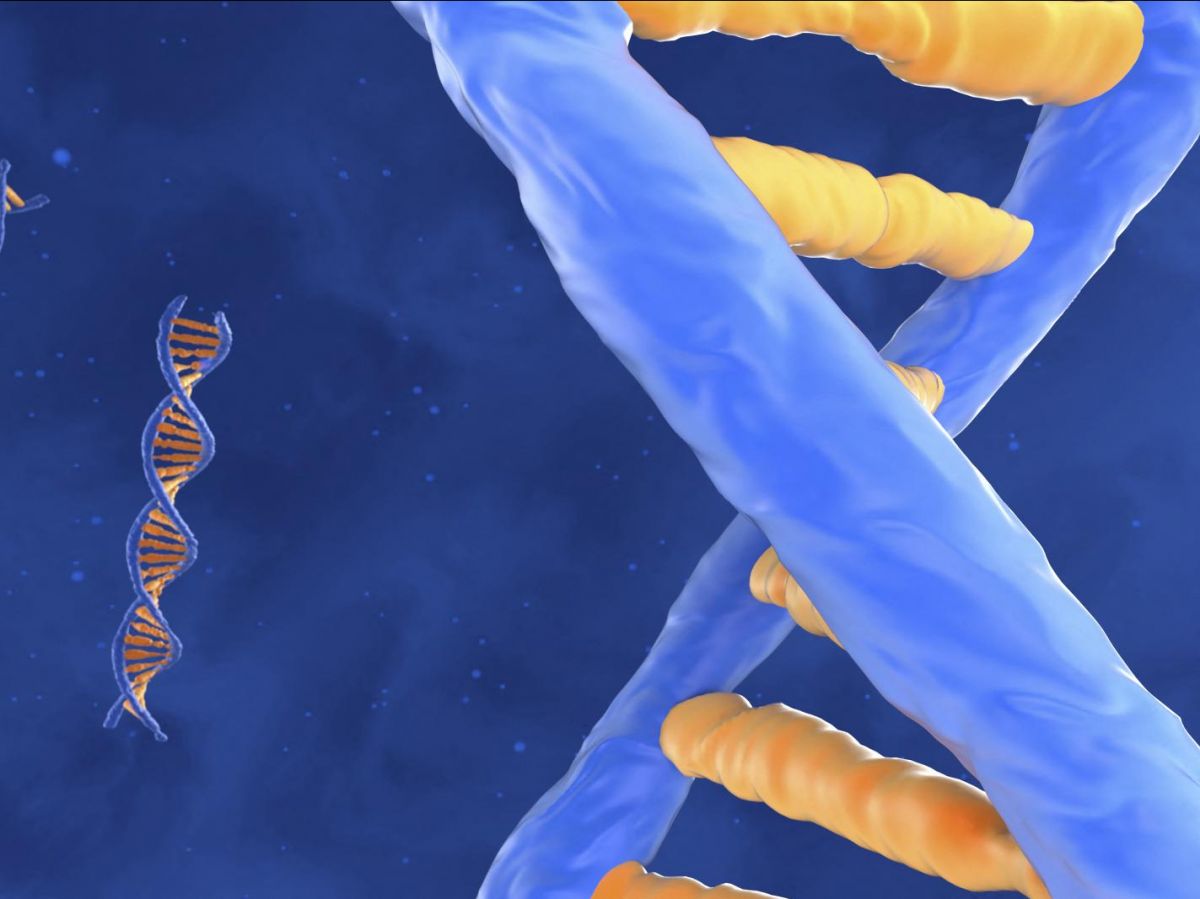It is a previously unknown disease, and yet it could well affect thousands of people around the world. A new genetic disorder causing disabilities in children and adults has just been identified. Thanks to these recent analyses, hundreds of people in the United Kingdom, Europe and the United States have already been diagnosed using their DNA. And many more patients could also finally know what they are suffering from.
Read alsoAre chemicals omnipresent in our daily lives the cause of unexplained neurological diseases?
Worldwide, approximately 60% of children born with a neurodevelopmental disorder remain undiagnosed, even after genetic testing. Among them are many babies born with the same characteristics: neurological delays such as inability to speak, motor delays (especially walking), intellectual disability and epilepsy. They have marked physical characteristics, such as chubby cheeks, protruding ears and drooping corners of the lips.
Mutations nested in non-coding DNA
And many patients' families have been left in the dark until now. In many countries, individuals with these characteristics are offered genetic testing. But for more than half of families, the genetic cause is not identified. Many families then embark on veritable 'diagnostic odysseys'' to try to find a cause, undergoing multiple tests. Sometimes families are told that they will probably never find the genetic cause of the disease" explains Dr. Nicky Griffin, a genetics specialist at the University of Oxford (England). She explains in the journal Nature how she and her team managed to pinpoint the gene responsible for this disease.
Until now, most of the work aimed at better understanding neurodevelopmental delays has focused on genes that code for proteins. This represents about 1.5% of total DNA. But by analyzing the DNA of more than 9,000 people with undiagnosed delays, the team found that many of the mutations were present in an area of DNA that does not code for proteins. This is called noncoding DNA.
“ It is well known to scientists in the genome. There is a list of RNA (of molecules, editor's note) non-coding regions in which certain variants can be searched. It is in this non-coding region that the RNU4-2 gene is located" explains Yuyang Chen, a researcher at Big Data Institute from the University of Oxford and first author of the article. In regions that have not yet been studied, "de novo" mutations appear that only children - and not parents - carry. Mutations in this gene are estimated to be responsible for about 5% of all neurodevelopmental disorders worldwide. A small percentage, but one that translates into hundreds of thousands of people worldwide.
Easing the conscience of mothers
RNU4-2, now that it has been updated, offers hope for the development of a treatment for these patients. gene therapy, for example, whose mechanism would allow a "sick" gene to be replaced by a healthy gene. But for that, we will have to be patient. We are far from having a cure. We need to know more about this condition to see if a treatment could really be effective. At the moment, it is not clear how much of the delay is acquired before birth. That said, there are similar disorders for which therapies have been shown to be useful."Identifying the gene responsible for the disease is only the first step towards finding treatments for patients," says Dr. Whiffin.
Even without treatment at hand, the specialist insists on the importance of having put the finger on the exact cause of the disease: some mothers think they did something wrong during their pregnancy. This result proves that this is not the case. And what is more, the families concerned can finally come together to support each other and encourage research.
